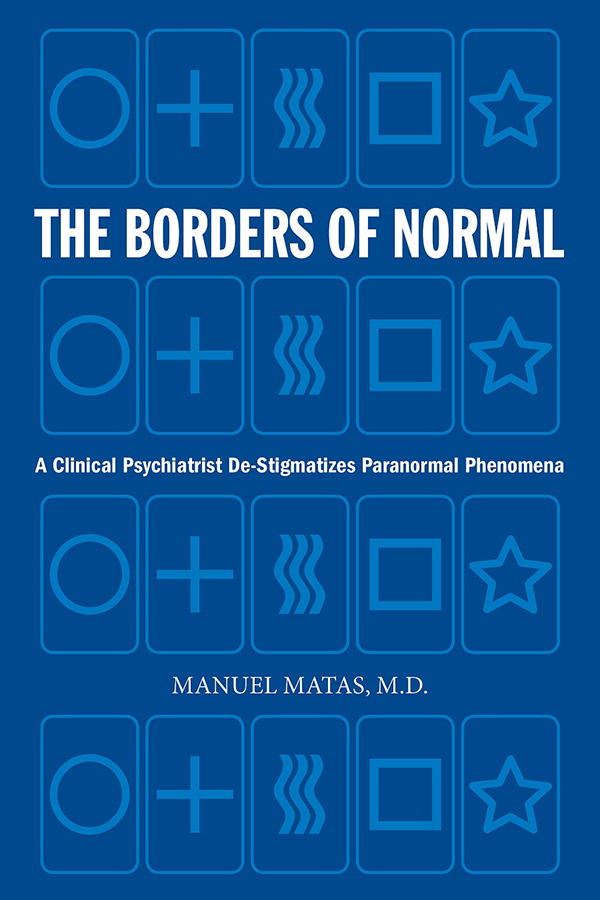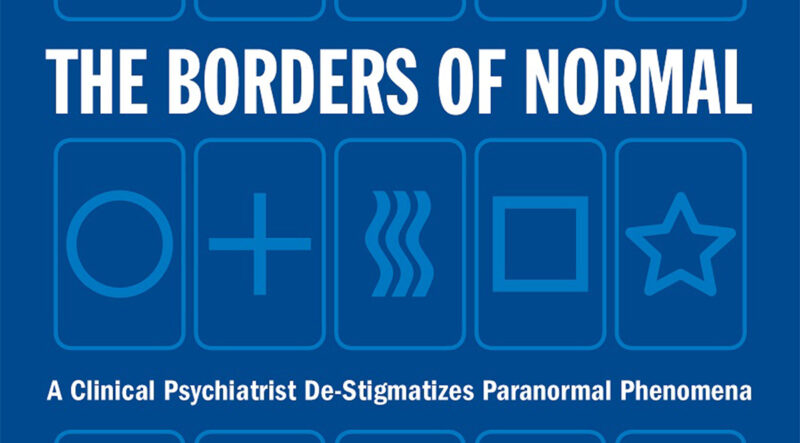One of the questions that will probably go unanswered for as long as humans exist, which may or may not be for very much longer, is what happens after we die.
All the theories that people of faith and atheists seem to postulate are nothing more than ephemeral. And as we dive head-first into technology, the idea that we’re living in a simulation seems to be more commonplace thanks to the fictional Matrix universe created by the Wachowskis.

Clinical Psychiatrist
De-Stigmatizes Paranormal
Phenomena (Second Edition)
by Manuel Matas, M.D.
Friesen Press
Altona, 2022
4/5
It’s not often that people of science enter the discussion on these topics of the intangible. It’s not uncommon, but there is trepidation, especially in a cannibalistic work environment such as academia.
But Winnipeg psychiatrist Dr. Manuel Matas let go of all pretension when he first published The Borders of Normal: A Psychiatrist De-Stigmatizes the Paranormal in 2017, and published a second edition with Friesen Press in 2022.
He explored his personal out-of-body experiences, witnessing angels at his father’s funeral and brushes with death and weighed them heavily against his science background.
Unfortunately, Matas left us in October 2022, but I had the chance to interview him back in October 2020. One of the comments he made during the interview was, “Paranormal means beside normal, not abnormal”.
So, if you go into reading his book about our experiences, keep that in mind, as he takes the uncanny experiences we have and analyzes them by a process of elimination. He defines what hallucinations are, what schizophrenia is and why we need a clear line between what is considered a medical issue, or simply the paranormal.
The emphasis, for Matas, is that we need to de-stigmatize the paranormal, and above all else distinguish the difference between the paranormal and psychotic phenomena.
“Just as it would be cruel to mock or ridicule someone who is psychotic or otherwise mentally ill, it is also cruel to ridicule people who have had paranormal experiences or suggest that experiences were not real or were pathological,” he wrote in the conclusion of the first chapter.
His deft language accommodated a broad audience, and there’s a clear element of empathy within the tone of the book. And his acknowledgement of popular culture, which plays on the zeitgeist of the time, only emphasizes that our existential dilemma is present in our art.
My last book review suggested that Peter Aykroyd’s A History of Ghosts: The True Story of Séances, Mediums, Ghosts, and Ghostbusters be included on the syllabus for any parapsychology class. So should Matas’ The Borders of Normal. These are two books that explore the uncanny through a Canadian’s lens and are essential to any bookshelf.
Aykroyd provides the spiritual context of the exploration of the paranormal, while Matas extrapolates the data and puts it under a psychiatrist’s concentrated study, because well, psychiatrists don’t use microscopes.
I jest, but outside of the usual campfire stories fare, there isn’t a glut of social anthropological perspectives on what Canadians believe. Matas contributed to that conversation, and I thank him for that.

